In Photos: Biblical 'Church of the Apostles' Discovered
Along the Sea of Galilee

Archaeologists from Israel and the United States now believe they have located the site of the Jewish fishing village of Bethsaida at Beit Habek, also called El Araj, on the shores of the Sea of Galilee in northern Israel.
The excavations have unearthed the remains of a 1,400-year-old Byzantine-age Christian church at the site, believed to be the legendary "Church of the Apostles."
From a fishing village
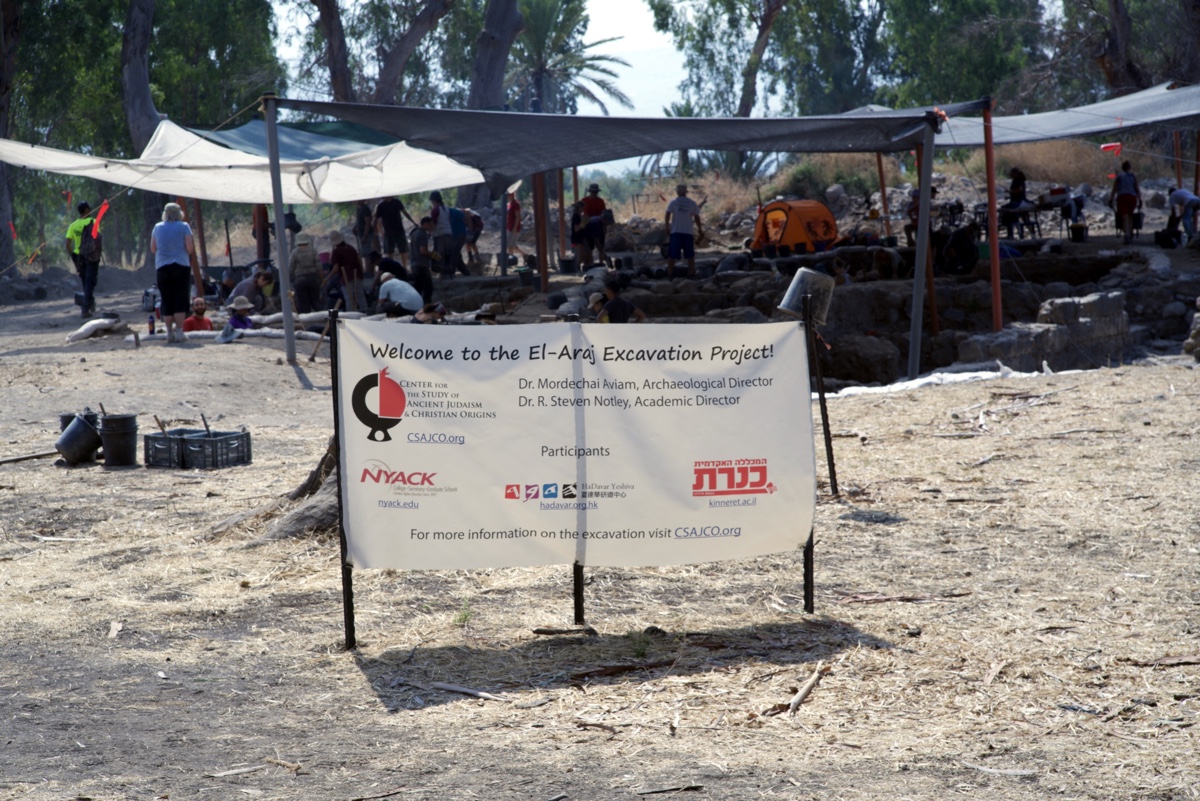
The teams of academics and students from Nyack College in New York and Kinneret College in Israel have been excavating Beit Habek since 2016. In 2017, they announced they had found the remains of a Roman-age settlement at the site, which they believed to be the Roman city of Julias. According to the Jewish historian Josephus, who wrote in the first century A.D., Julias was built by expanding the Jewish fishing village of Bethsaida along the Sea of Galilee.
The real Bethsaida

The idea that the archaeological site at Beit Habek was once the Roman city of Julias and then the Jewish village of Bethsaida has been controversial. Another archaeological site at et-Tell, about a mile away from Beit Habek, is also proposed to have been the same village. Archaeologists do not agree on which site is the real Bethsaida.
Holy lake
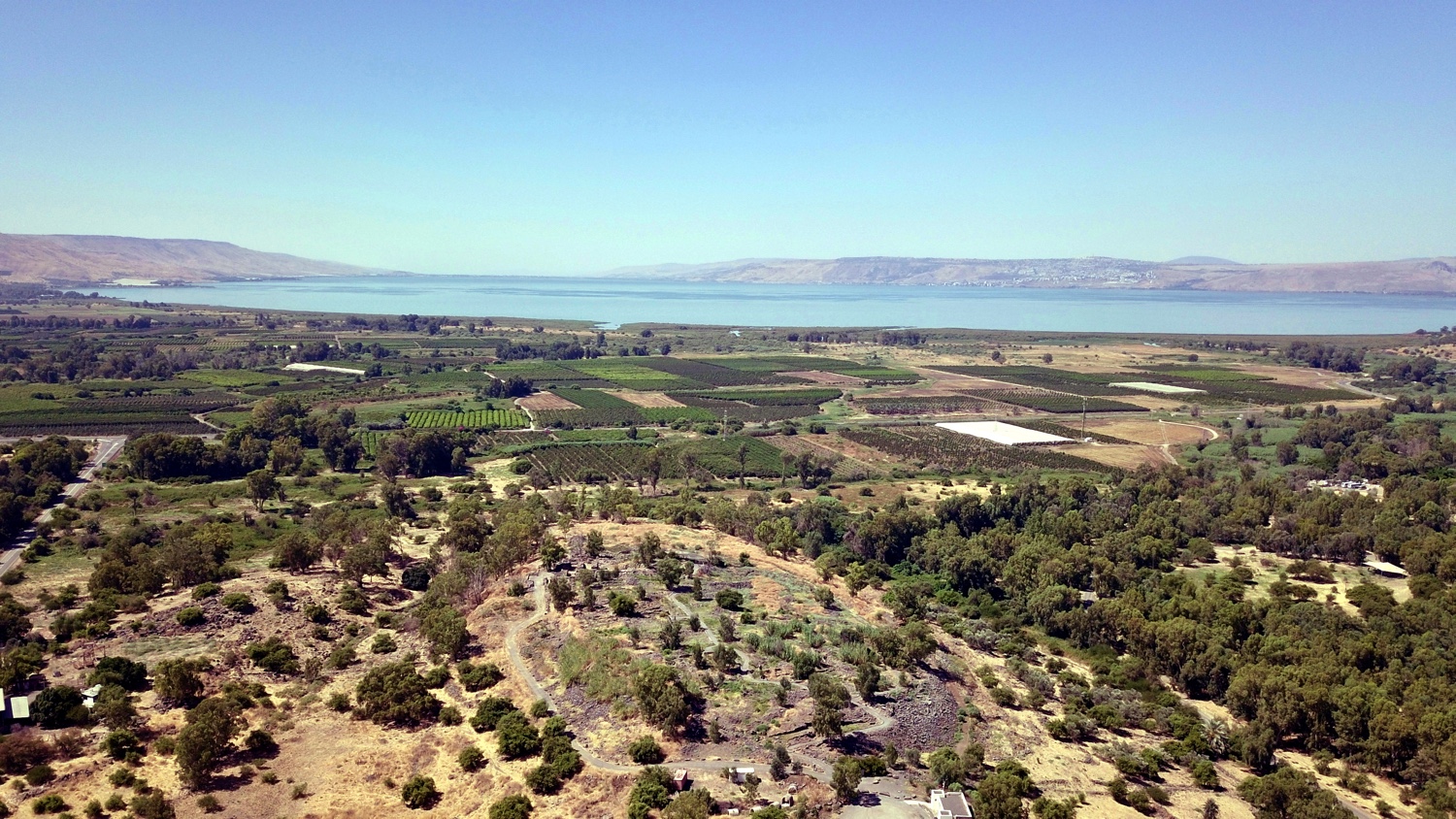
The Sea of Galilee is a freshwater lake along the Jordan River in northern Israel. It covers more than 64 square miles (166 square kilometers), and it has been an important source of water and fish since antiquity.
The Sea of Galilee features prominently in the Christian New Testament: Much of the ministry of Jesus described in the Christian gospels occurs on its shores, and Jesus is said to have performed many of his miracles there.
Church of the Apostles

A Bavarian bishop and later Christian saint named Willibald visited Bethsaida on the Sea of Galilee in A.D. 725. Willibald wrote that a church had been built above the spot where the house of two of Jesus’ apostles once stood — that of the brothers Peter and Andrew, who were fishermen by trade.
Get the world’s most fascinating discoveries delivered straight to your inbox.
The archaeologists digging at Beit Habek have now unearthed a Byzantine-age church, decorated with ornate mosaics, which may have been the church described by Willibald.
Hidden structures
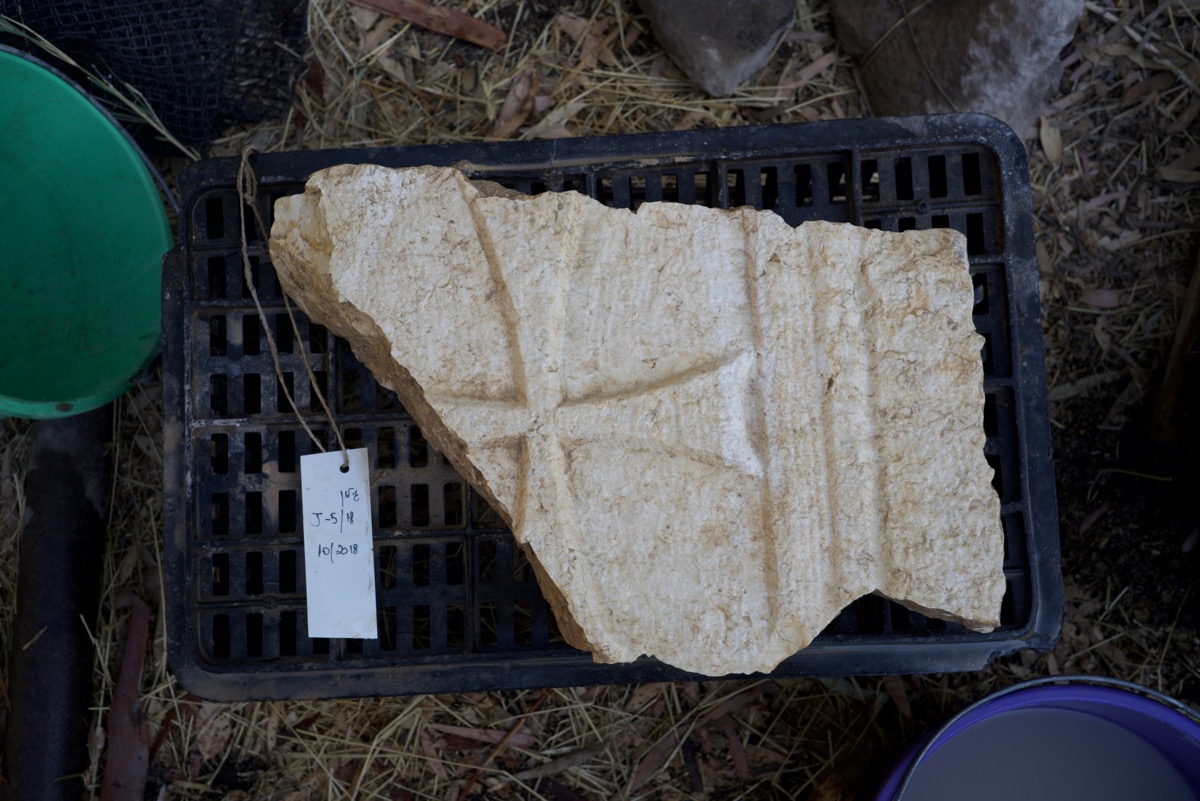
Archaeologists speculate that the Byzantine-age church unearthed at Beit Habek was built on the site of an earlier structure, perhaps a traditional home of the apostles Peter and Andrew. It is also possible that home was built on the site of an earlier religious structure, such as a Jewish synagogue, which might have been used for meetings by early Christians.
The finds at Beit Habek in the summer of 2019 include pieces of stone inscribed with Christian symbols, like this cross.
Church partition
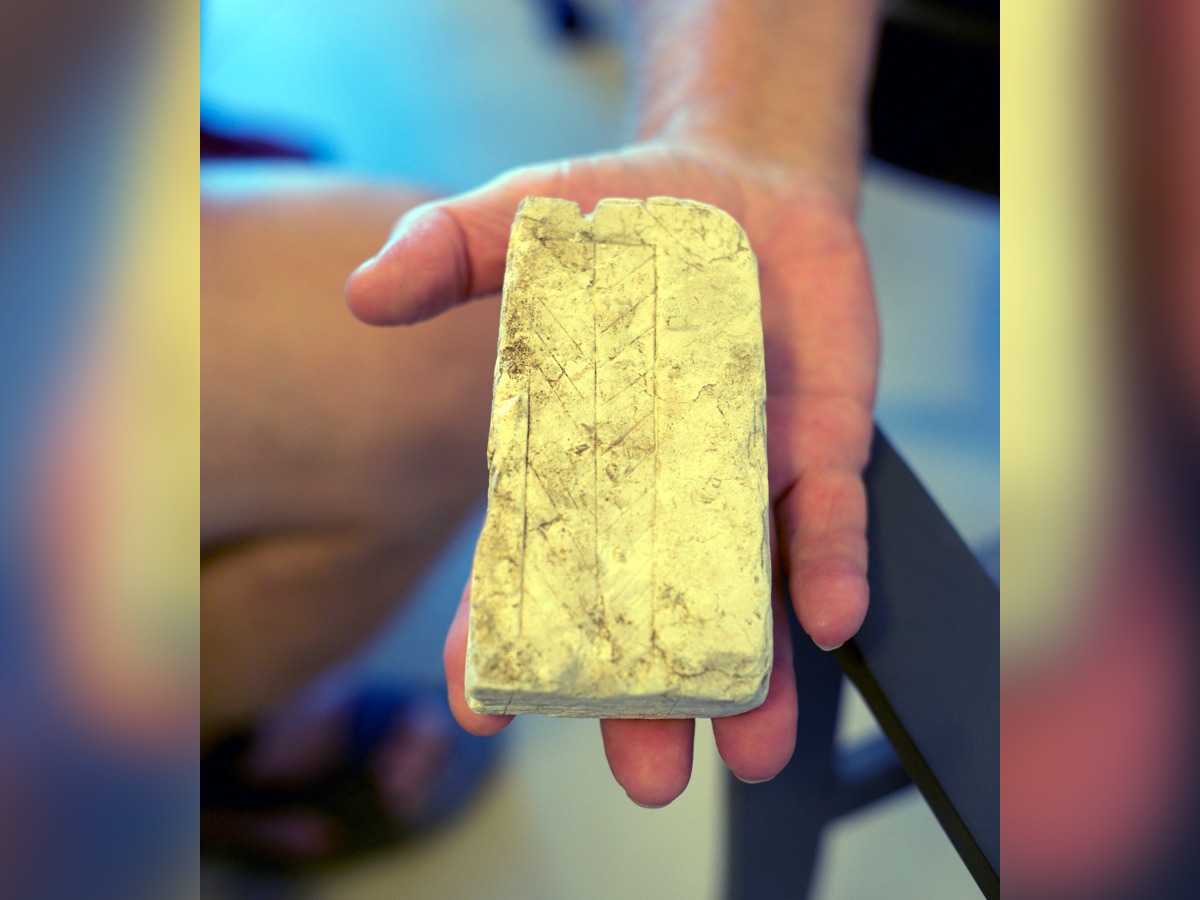
In 2017, archaeologists found the first signs of a Roman city that lasted from the first century B.C. until the third century A.D. The excavators also found traces of the Christian church unearthed in 2019, including this carved piece of marble from a chancel screen, or partition, which traditionally divided the space around the altar from the nave, or central part of the church.
Lucky coins

The archaeologists have also found a cache of Ottoman silver coins and French gold coins, which appear to have been placed for good luck under the floor of a house built at the site in the 19th century.
At that time, the owner of Beit Habek was a wealthy Ottoman chieftain named Abdul Rahim Bek, who owned all the land around the Sea of Galilee and much of the Golan region.
Digging deeper
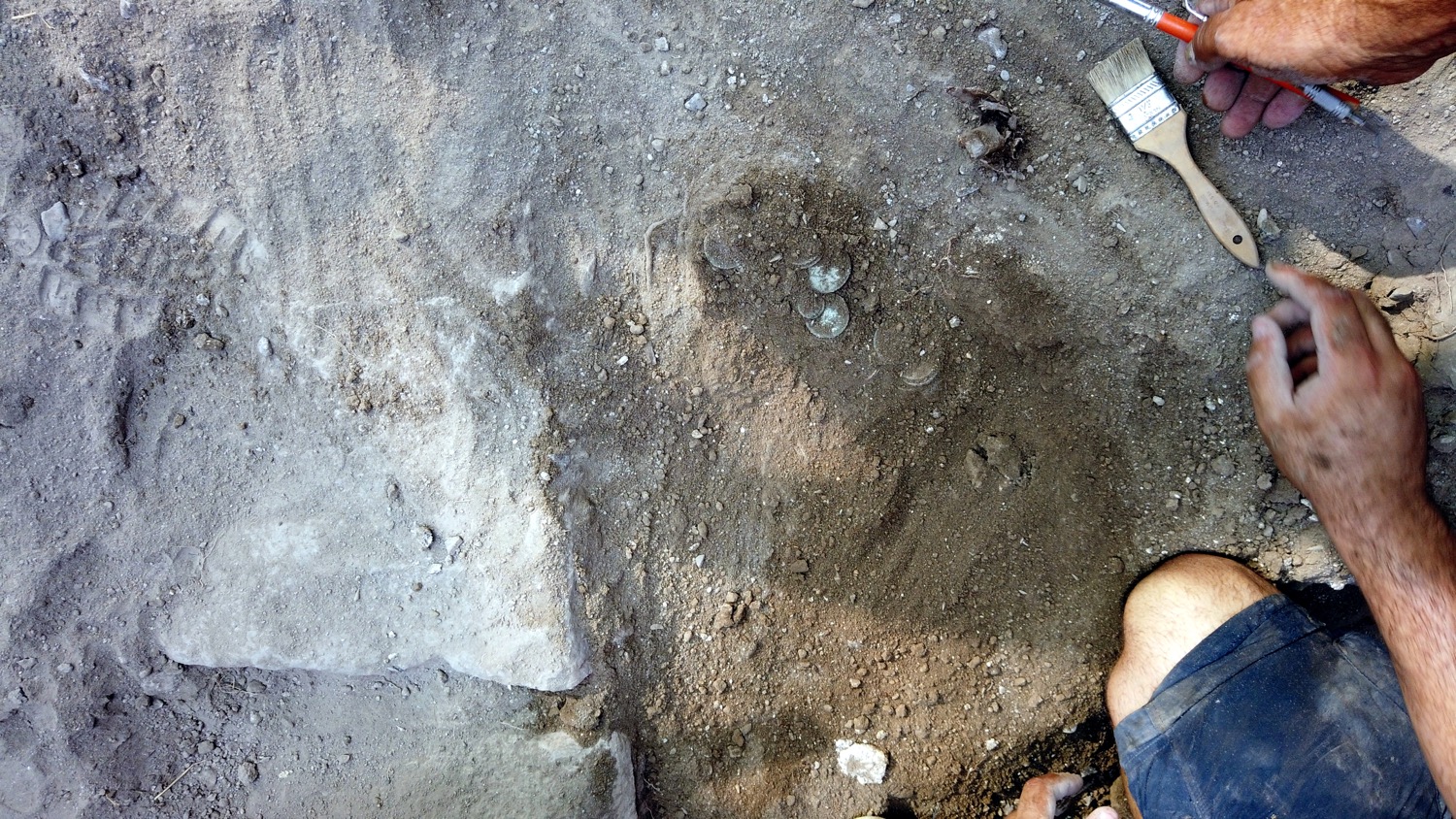
The archaeologists now plan to excavate the entire Byzantine church at Beit Habek before deciding whether to dig deeper in search of any earlier structures that might be hiding underground. They have also carried out electromagnetic imaging of a wider area around the church and determined that a much larger settlement once stood there.
Tom Metcalfe is a freelance journalist and regular Live Science contributor who is based in London in the United Kingdom. Tom writes mainly about science, space, archaeology, the Earth and the oceans. He has also written for the BBC, NBC News, National Geographic, Scientific American, Air & Space, and many others.


